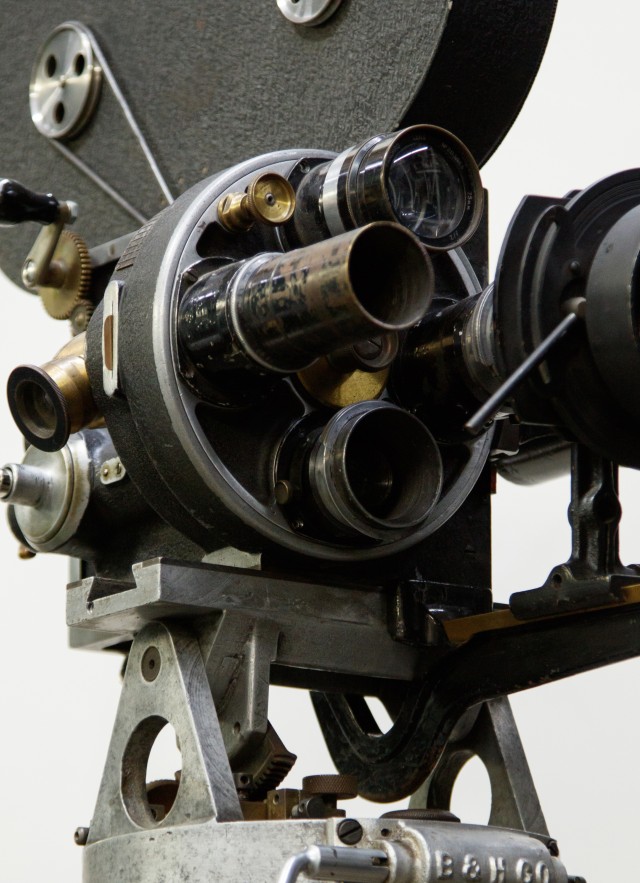Lights, Camera, Action
When you work in the NHM History Collections, you can find some rather mysterious objects.

When you work in the NHM History Collections, you can find some rather mysterious objects. One day for Collections Manager Beth Werling, it was a large bank of light tubes. It had to be moved to another part of the collections storage warehouse, but to figure out how to safely relocate this cumbersome piece, she first had to find out exactly what it was.
“I thought it was an old piece of medical quackery,” said Werling. “I had never seen something like this.”
With some digging, Werling discovered it was far more interesting than a pseudoscientific gizmo.
It’s a mercury vapor light bank from the silent film era. And after consulting with other film historians and institutions, it became clear just how rare this piece is. “People I talked to were shocked we had this. No one thought any of them had survived.”
Lighting needs during the early film industry were different from what they are today. They needed extra bright light sources to capture images on early film, but brighter lights usually generate a lot more heat, too. Mercury vapor lights like these were used because they provided enough light without throwing too much heat on the actors.
But mercury vapor lights had their drawbacks. The light they generated had a bit of a green tint, which many actors didn’t appreciate, as it made their skin look green as well. As film stock improved by the late 1920s, these lights became obsolete. Eventually, movie studios jettisoned these enormous light banks from their stages. The one in our collections was donated by Metro-Goldwyn-Mayer (also known as MGM) in the 1930s.
After working with the Museum Conservation Department to confirm the bulbs weren’t leaking any toxic mercury fumes (they’re not), and that it was stable enough to move (it was), Werling and her team successfully relocated this piece of film history in our store room. And who knows what the next history mystery will have in store.